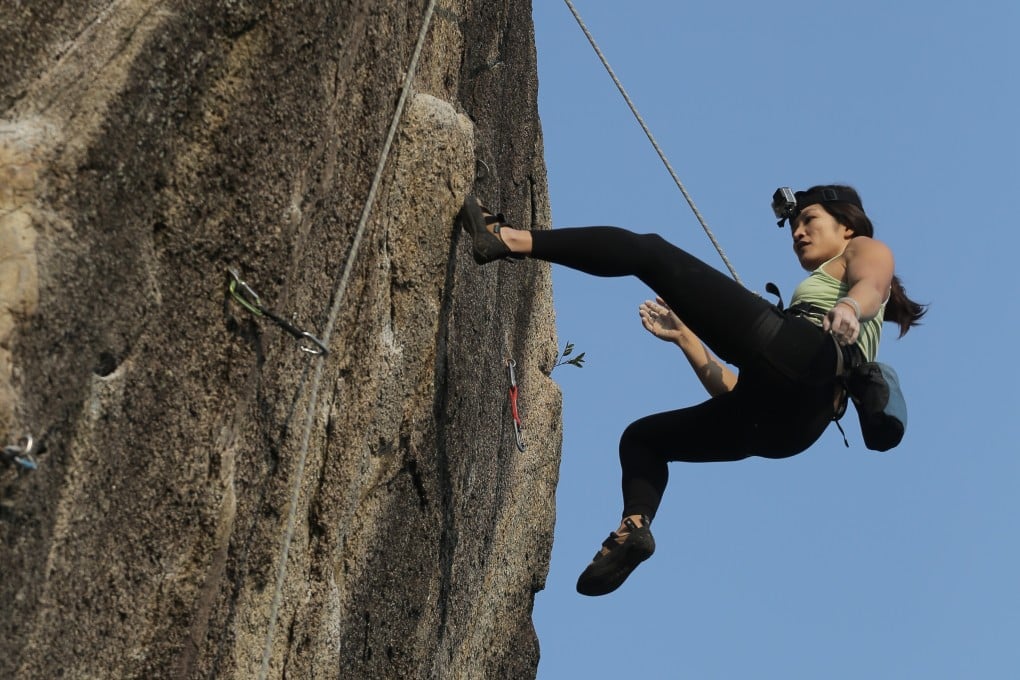How to bounce back mentally from a big fall in climbing so you can return to the crag, bouldering or gym
- It can be hard to regain your confidence after a whipper or bad fall, but there are steps you can take to get back to your physical best by working on your head game

Climbing is a mentally demanding sport. High levels of exposure is enough to put anyone off their game, but seeing the world drop away below your feet can be especially tough if you have recently experienced a bad fall or injury.
The sensation you had just before you took a whipper (being whipped around by the rope as it breaks your fall, sometimes flinging you against the cliff face) drains your confidence next time you climb, and can lead to you freezing, unable to move up or down, or at best over gripping and wasting energy.
There are ways you can overcome your fear and return to your best.
Manage expectations
Struggling to return to climbing after a fall is normal. Do not expect to return to the level you were without a period of adjustment. With less pressure, you can get back on the wall on easier routes and soon feel confident enough to return to tougher challenges.
Exposure therapy